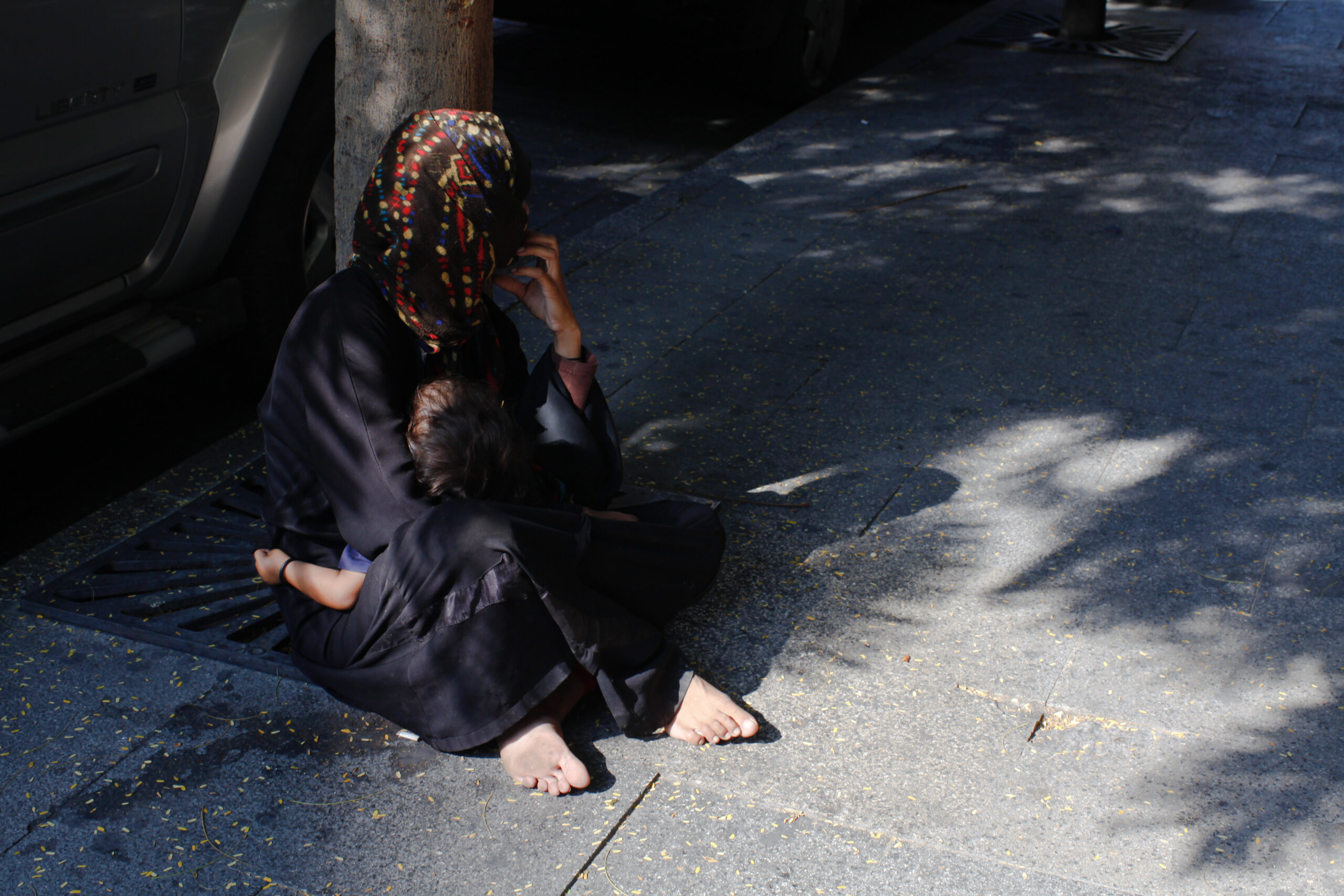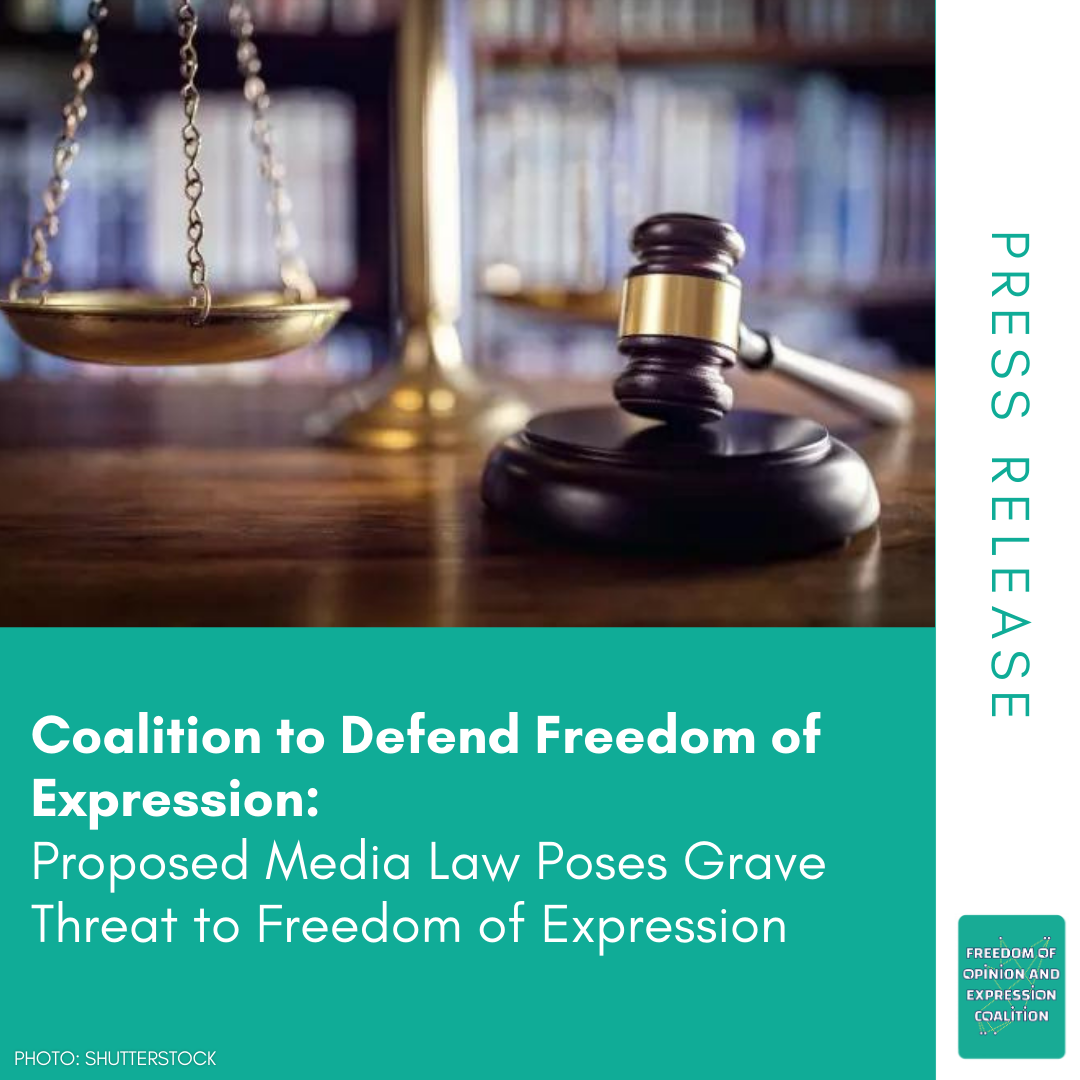Human Trafficking Victims Marginalized Before the Courts

In light of the weakness of the state’s mechanisms for protecting human trafficking victims and the fact that civil society organizations bear the brunt of this responsibility, what place do victims have in the trials of those accused of trafficking and exploiting them? What approach has the judiciary taken towards the victims, particularly with regard to providing them protection or compensation for the suffering they endured as a result of their subjection to trafficking? We shall attempt to answer these questions via the most important findings of The Legal Agenda’s study on human trafficking cases pending before or examined by the Criminal Court in Beirut and the Criminal Court in Baabda in 2016 and 2017. Most of these cases pertain to exploitation in begging or prostitution.
Excluding the Victims of Exploitation in Cases of Begging
In begging cases, the judicial authorities tended to exclude the children suspected of being exploited from all judicial proceedings related to their exploiters’ trials.
The Public Prosecution generally refrained from interviewing the minors apprehended while begging in the streets. Instead, it merely placed them in social institutions. In fact, of the 24 minors involved in these cases statements were taken from only three. Two were interviewed in the presence of their father, who was suspected of exploiting them and later was in fact charged with trafficking. In addition, the judicial police interviewed two minors “verbally upon their arrest” without duly recording their statements.
The Public Prosecution handed 15 minors over to the Home of Hope in Kahale, which is administered by the Lebanese Evangelical Institute for Social Work and Development, and handed just two minors over to the Reform Institute in Fanar, which is administered by the Union for the Protection of Juveniles in Lebanon. While the judicial documents used the expression “placed” in most cases, one of the minors was described as detained, as the public prosecutor referred to “not taking any measure or infraction [sic] against the minor… and merely detaining him in the foster home in Kahale”. Usually, the Public Prosecution referred the investigation reports to the juvenile judge to take whatever measures judge saw fit, but we were unable to determine what role the juvenile justice system played in this area or the term for which these children stayed in the social institutions.
In most of the begging cases, the children’s exploitation was of a familial nature. In other words, the investigations revealed that they were transported or monitored by a family member or with their family’s consent. However, the judicial files included no investigation into the care these children were receiving from their families, their families’ socio-economic conditions, or whether they were receiving adequate protection from a family member, even in the instances where the accused was one of their parents. The files also contained no medical examinations or verification of the children’s physical or mental health. In most cases, only one parent was investigated and arrested while the other was completely excluded.
As such, we must question the choice to remove these children from their family environment and isolate them in foster institutions without confirming the need for this measure. It seems that the Public Prosecution continues to use mechanisms to remove the children of poor families without any regard for their specific circumstances, potentially against the children’s best interest.
The children in the begging cases were totally excluded from the trial proceedings just as they had been excluded during investigation proceedings. None appear to have been interviewed by the Criminal Court. The court also does not appear to have interviewed their guardians not accused of exploiting them, nor even the social workers following their cases or the staff in the foster institutions where the Public Prosecution placed the children. The Criminal Court also did not cite the results of the juvenile judges’ investigation in these cases and did not look into the fate of the children and whether they were still in the care of social institutions or had returned to their family homes. Hence, the Criminal Court issued convictions for the felony of human trafficking, usually against the exploited children’s parents with sentences ranging from five to fifteen years of imprisonment, without obtaining any information about these children’s circumstances or ordering any compensation for them. The harshness of the sentences imposed on the children’s parents raises the question of their negative impact on the children themselves, especially when the circumstances of their care went unexplored.
Prosecuting and Detaining the Victims of Sexual Exploitation
The judicial authorities handled the female victims of sexual exploitation in prostitution differently to the child victims of exploitation in begging. In 12 of the 17 cases included in the study sample, they were indicted for clandestine prostitution, drug use, or neglecting to renew residency (all misdemeanors resulting from their subjection to trafficking). Hence, 16 female victims of sexual exploitation, including two minors, were tried in conjunction with those accused of exploiting them. The judicial authorities do not appear to have taken any measure to protect these women. None of these cases contained any medical examination or verification of the victims’ physical or mental health. Nor did they contain, in relation to the two minors, reports by authorities in charge of juvenile protection. While the victims remained anonymous in one of the cases pertaining to a trafficking ring, 30 identified victims of sexual exploitation were not charged across just three cases. Most of them were the women exploited in the “Chez Maurice” case, who joined the proceedings as civil claimants against the members of the ring.
As a result of this prosecution, 14 human trafficking victims in these cases were ordered detained by the Public Prosecution offices or investigating judges – , either held in custody, or in pretrial detention, or the subject of an arrest warrant issued against them in absentia. None of the victims were sent to trial before the Criminal Court while detained as the judicial authorities released them at various stages of the judicial proceedings before they reached the Criminal Court. The average length of the victims’ pretrial detention was 25 days. These detentions occurred between 2011 and 2016. Needless to say, detaining these women for prolonged periods runs counter to their status as trafficking victims eligible to be exempted from punishment under Article 586 (8) of the Penal Code. Also, placing them in pretrial detention violates Article 107 of the Code of Criminal Procedure as the punishment for the misdemeanor of prostitution does not exceed one year of imprisonment. Moreover, according to another study, their detention exceeded the average period for which women accused of prostitution were detained between 2005 and 2011 – i.e. before the adoption of the anti-human trafficking law – namely 13 days (11.5 days for Lebanese and 15 days for foreigners).[1] Did introducing harsher punishments for human trafficking lead to harsher treatment of its victims?
In the sample, we observed no judicial decision granting residency to a victim based on Article 586 (6) of the Penal Code even though the overwhelming majority of victims (43 of 46) were not Lebanese and many did not have legal residency when the investigations began.
To the contrary, three Syrian victims of sexual exploitation were charged with the crime of neglecting to renew residency. Note that a victim who filed a complaint against her partner, with support from the organization KAFA (Enough) Violence & Exploitation, obtained temporary residency from General Security based on the existence of a pending legal case. General Security occasionally takes this measure even in cases not related to human trafficking.
Most of the victims don’t appear to have been defended by lawyers during their joint trial with those who exploited them. According to our observations, only three victims were represented by lawyers during the stage of judicial investigation or trial. Additionally, the victims who filed claims in the “Chez Maurice” case and a victim who filed a rape and exploitation complaint against her partner were represented by a lawyer from KAFA.
In two of the cases where the Criminal Court issued rulings on the victims of sexual exploitation, the victims were punished for prostitution after those accused of trafficking them were acquitted. The court held that these two women did not fall victim to exploitation; rather, they were partners in a moral offense with those accused of exploiting them. This finding was based on a group of preconceptions that completely ignored the means and circumstances of exploitation, not on any scientific or psychological standard. As for the cases where convictions for human trafficking were issued, the court convicted one of the victims for prostitution even though it established that exploitation occurred, whereas it refrained from punishing two victims. It did not award any of these victims compensation for the damages they suffered as a result of their exploitation in prostitution, though their prosecution prevented them from participating in the case as civil claimants.
This article is an edited translation from Arabic.
[1] Nizar Saghieh and Ghida Frangieh, “al-Da’ara Jarima Akhlaqiyya am Jarimat Istighlal? Qira’a Qanuniyya li-Qadaya 228 Mudda’a ‘Alayhinna bi-Jarm al-Da’ara al-Sirriyya”, KAFA (Enough) Violence and Exploitation, 2013, p. 36.
Mapped through:
Articles, Asylum, Migration and Human Trafficking, Lebanon
Related Articles



